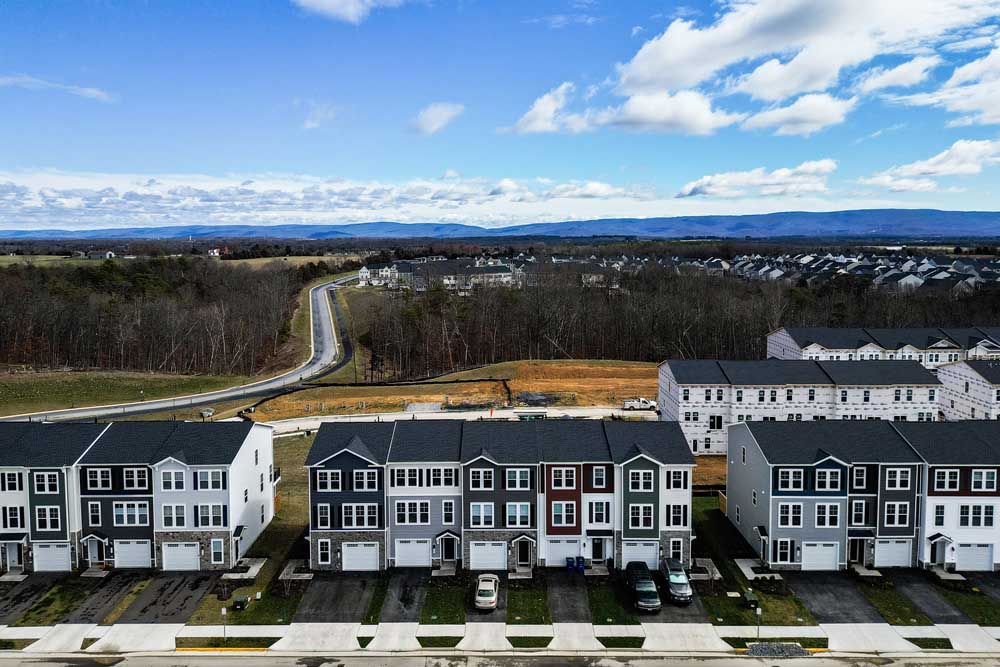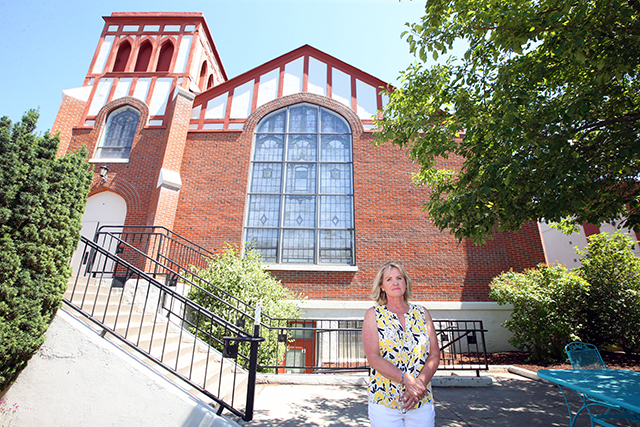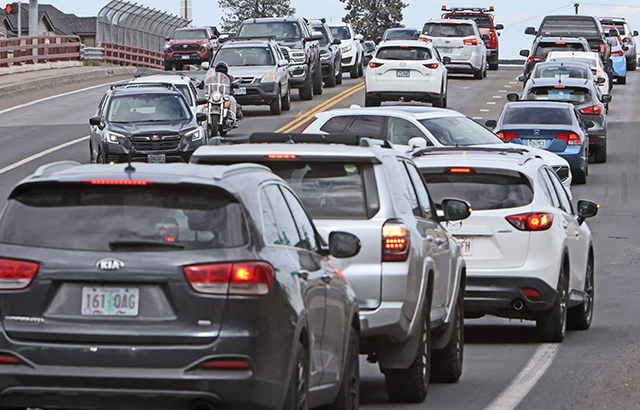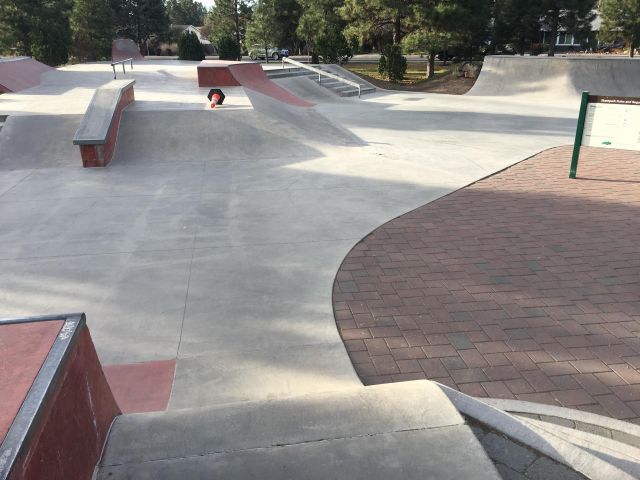Less money, less house: How market forces are reshaping the American home
Published 2:24 pm Monday, March 11, 2024

- The Grove townhouses in the Lake Frederick, Virginia, planned community are examples of smaller homes awaiting buyers.
The new American home is shrinking.
After years of prioritizing large homes, the nation’s biggest and most powerful home builders are finally building more smaller ones, driving a shift toward more affordable housing.
Trending
The boom in smaller construction has cut median new-home sizes by 4 percent in the past year, to 2,179 square feet, census data shows, the lowest reading since 2010. That’s helped bring down overall costs and contributed to a 6 percent dip in new-home prices in the same period.
Townhouses, in particular, are increasingly popular, accounting for 1 in 5 new homes under construction at the end of 2023, a record high, according to an analysis of census data by the National Association of Home Builders. To cut costs, companies are building smaller and taller, with fewer windows, cabinets and doors.
Altogether, this wave of new construction promises a crucial first step toward addressing a critical shortage of starter homes that has sidelined first-time home buyers and contributed to inflation.
“Even a slightly smaller home can be thousands of dollars cheaper — for both builders and buyers,” said Andy Winkler, director of housing and infrastructure at the Bipartisan Policy Center, a Washington think tank. “This is a trend driven by just how unaffordable housing has become, with sky-high prices, rising interest rates and so few homes for sale.”
This new trend is an about-face from early in the pandemic, when Americans sought out larger living spaces. Many moved into sprawling homes on the outskirts of town, sending luxury-home prices soaring.
Extra pandemic savings, combined with rock-bottom interest rates, made it possible for many families to buy homes for the first time or upgrade to larger, more expensive properties.
Trending
As a result, median home prices have jumped a whopping 28% in the past four years, to nearly $418,000. At the same time, mortgage rates have more than doubled to almost 7%, down slightly from a 23-year high reached in November. Taken together, homes in the United States are less affordable than they’ve ever been, according to Goldman Sachs.
A shortage of homes, especially smaller, more affordable entry-level ones, has added to the problem. Builders for years have focused on more profitable properties, with construction concentrated in two extremes: houses on large suburban lots, or steel-and-concrete apartment buildings in urban areas, according to Robert Dietz, chief economist for the National Association of Home Builders.
That has slowly begun to change, as homebuilders face higher borrowing costs and growing demand for more affordable options. In earnings calls, some of the country’s largest publicly traded home builders have said they are rethinking their plans so they can prioritize smaller, more affordable housing. D.R. Horton, the country’s largest home builder, sold more than 82,000 homes last year, most of them under $400,000 and to first-time buyers. Its lineup now starts at about 900 square feet.
“We are continuing to shift … to more and more of our smaller floor plans to address affordability issues in the market,” Jessica Hansen, senior vice president of communications, said in a November earnings call.
Even Toll Brothers, known for its high-end properties with an average sales price of $1 million, is downsizing to lower-priced options, which are also faster to build. Sales of “affordable luxury” homes — starting at about $400,000 — more than doubled in the past year, outperforming more expensive properties.
“With 75 million millennials out there, we were not going to wait for them to hit their 40s and buy their move-up home,” chief executive Douglas Yearley said in a December earnings call, adding that he expects entry-level homes will eventually make up 45% of homes sold by the company. “I’m really proud of how … we went after the more affluent first-time buyer.”
Prices for entry-level homes — which hit a record $243,000 last year, according to Redfin — have risen rapidly since the Great Recession, when home-building activity slowed to a halt.
In Anaheim, Calif., first-time home buyers Anna Kolev and her fiancé began their home search in September and had to rethink their plans every week or two, as mortgage rates fluctuated, with a goal of monthly payments below 25% of their salaries.
“We’d have to reevaluate every time interest rates changed or prices started creeping up. It was like, ‘Are we still in the game? Can we still afford this?,’” the 29-year-old software engineer said. “We definitely had to temper our expectations of what kind of house we could afford.”
Earlier this year, they bought a three-bedroom house for $910,000. At 1,550 square feet, it’s about 200 square feet smaller than Kolev would’ve liked, but anything larger was prohibitively expensive, she said.
“We compromised on so many things: location, square footage, kitchen,” she said. “But we’re very lucky that we were able to buy at all.”
The acute need for more housing is forcing local governments to rethink zoning laws, lot size requirements and other land-use policies often geared toward keeping smaller homes out of wealthier neighborhoods. Portland, Austin, Charlotte, and St. Paul, Minnesota, have all recently made changes that allow building as many as four homes on a single lot.








